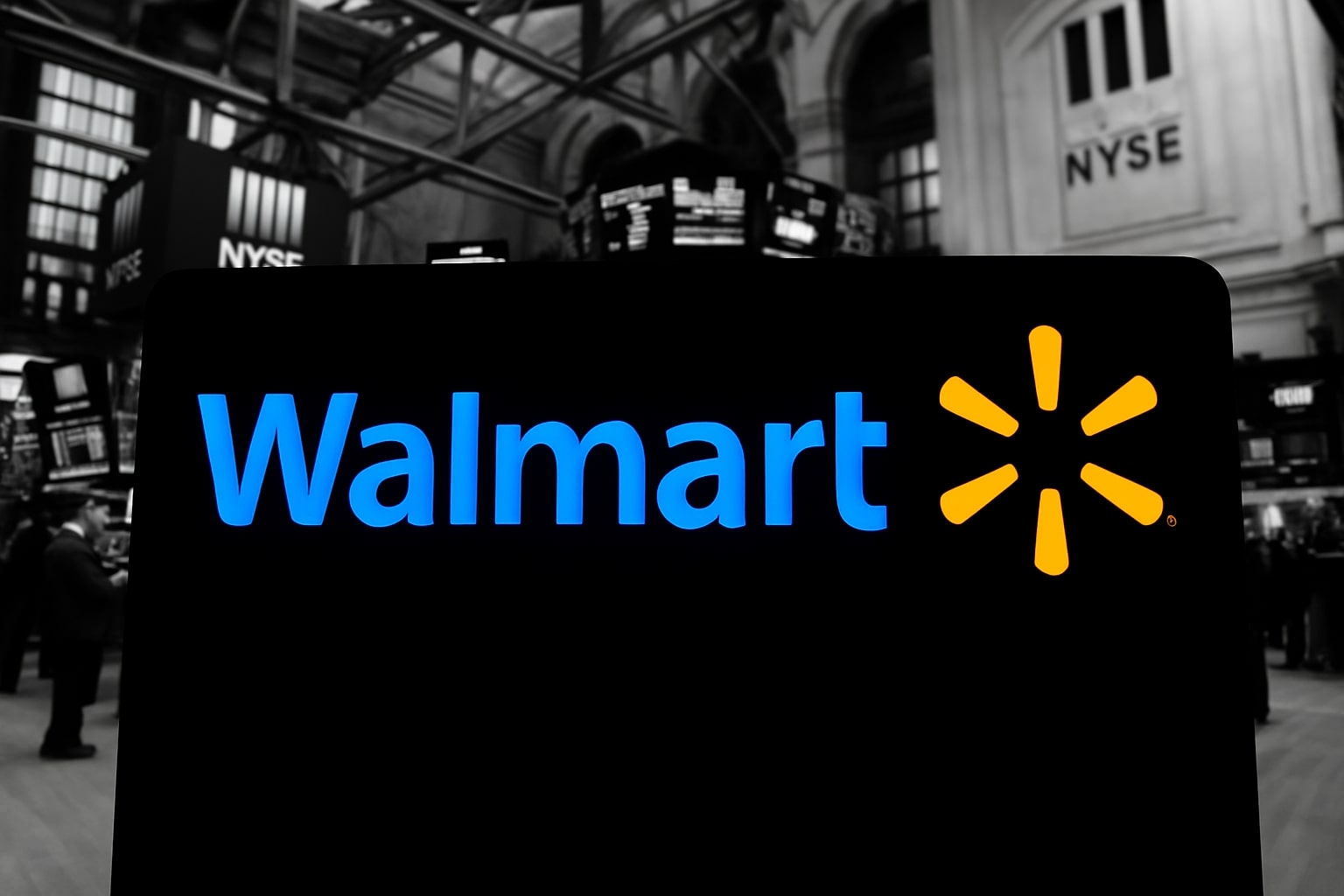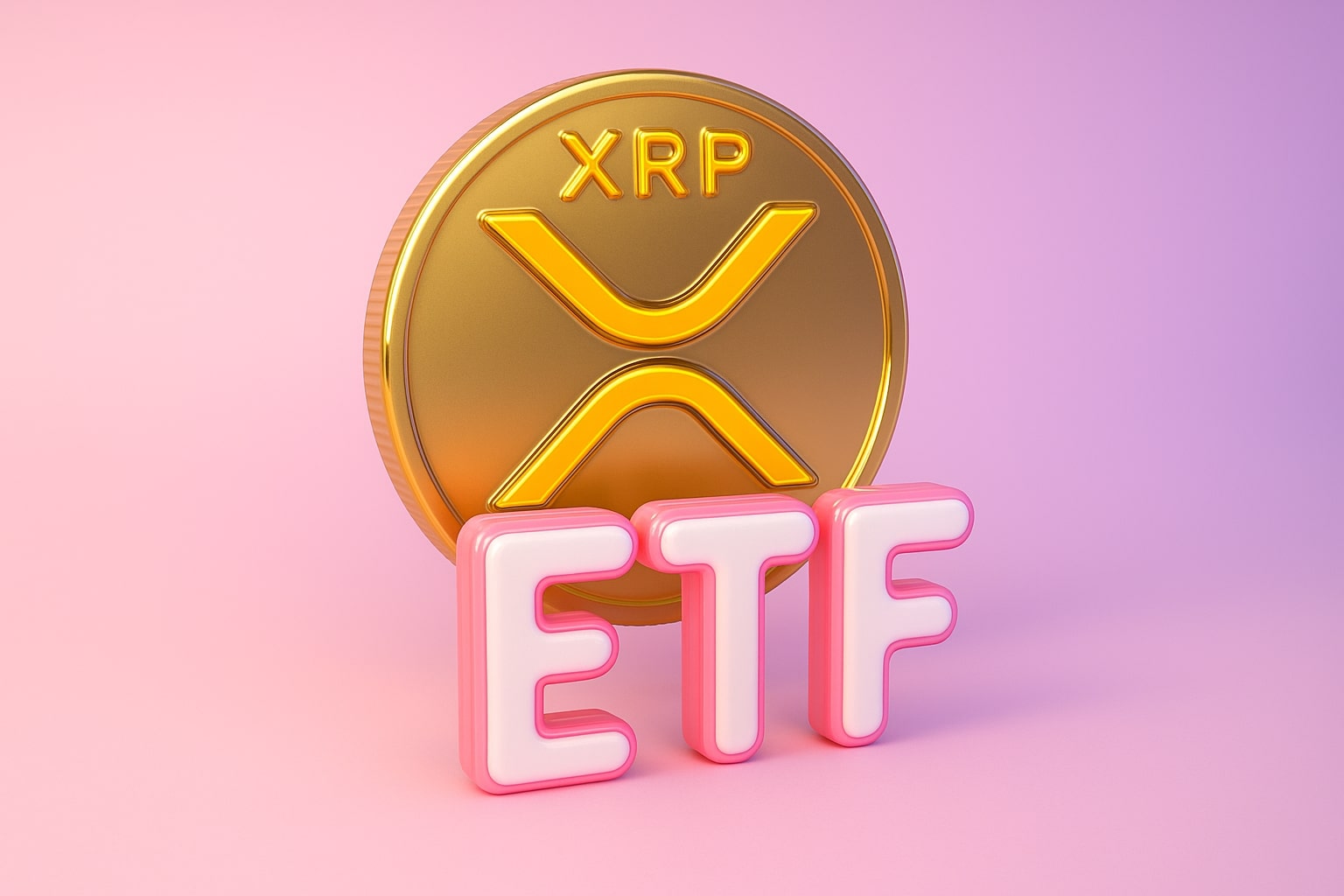Walmart (NYSE:WMT) trades near record highs as investors weigh premium valuation against ai retail transformation
Walmart Inc. (nyse:wmt) continues to assert its dominance in the retail sector, with shares trading around $101.93, only 3.9% below the 52-week high of $106.11. The stock gained 0.15% in the last session while most major U.S. indices posted declines, underscoring its defensive appeal. Walmart’s market capitalization now stands at $813.2 billion, placing it among the world’s top ten publicly traded companies. Year-to-date, wmt has climbed 13.74%, outperforming both the S&P 500’s 12.45% and the Dow Jones’s 10.8% gains. Over a one-year horizon, the retailer’s 29.37% surge has nearly doubled the market’s total return, proving that even with a steep price-to-earnings ratio of 38.49 and forward p/e near 33.7, investors remain willing to pay for scale, resilience, and cash flow predictability.
Ai integration drives traffic, membership, and cost efficiency across walmart’s global ecosystem
Artificial intelligence is now woven into walmart’s logistics, e-commerce, and merchandising core. According to td cowen’s recent analysis, referrals from chatgpt.com and other conversational search tools have risen 20 to 50 percent month-over-month, driving incremental digital traffic to walmart’s online stores. The retailer’s wmt+ membership program, which now counts over 30 million users, has become the backbone of this ai-enabled ecosystem—blending loyalty data, delivery automation, and personalized promotions. Management has deployed agentic ai systems capable of perceiving and executing workflow adjustments autonomously, optimizing replenishment and pricing in real time. These initiatives, backed by c-suite-level commitment, aim to create a self-optimizing retail network that cuts unit costs while sustaining sales volume in a competitive inflationary environment. Analysts believe this intelligent automation could expand operating margin beyond the current 4.39%, even if near-term tariffs pressure imported goods.
Financial performance remains strong with accelerating revenue and resilient profitability
Walmart generated $175.75 billion in second-quarter fiscal 2026 revenue, marking a 4.8% year-over-year increase, while net earnings reached $5.45 billion. For the trailing twelve months, total revenue sits at $693.15 billion, with net income of $21.34 billion and a profit margin of 3.08%. The company’s return on equity of 23.38% and return on assets of 6.99% exceed most peers in the discount retail sector. EBITDA stands at $42.88 billion, giving an enterprise-value-to-ebitda multiple of 19.42, roughly double the industry median but consistent with walmart’s historical premium. While debt totals $66.56 billion, a manageable 68.7% debt-to-equity ratio, the balance sheet carries $9.43 billion in cash and robust $38.44 billion in operating cash flow, underscoring liquidity strength. The retailer’s levered free cash flow of $8.34 billion comfortably supports its quarterly dividend of $0.94 per share (yield 0.92%) and continued capital expenditures in ai infrastructure and distribution upgrades.
Tariff risk and price elasticity test walmart’s pricing power at a rich valuation
The renewed threat of “massive tariffs” on Chinese imports has become the primary macro overhang for walmart. Management has acknowledged the uncertainty around how new trade policies will ripple through shelf prices. With over 50 percent of third-party goods sourced from Asia, even modest tariff hikes could compress margins if price increases trigger consumer resistance. The company’s ability to balance price elasticity across income tiers will define near-term profitability. At 38–40 times earnings, walmart trades well above peers such as target (tgt) at roughly 11 times and costco (cost) at 46 times, implying no room for error. Any deceleration in same-store sales or slowdown in advertising and membership growth could provoke a short-term correction toward the $96–$98 support zone. Still, the defensive narrative—anchored by grocery dominance and recurring subscription revenue—continues to attract institutional inflows during volatility.
Long-term resilience proven by historical outperformance in recession cycles
Historical analysis shows walmart’s defensive power during downturns. In the 1990, 2001, 2008, and 2020 rate-cut-recession periods, wmt consistently delivered positive relative returns versus the S&P 500, even as broader markets fell 20 to 57 percent. During the 2008 financial crisis, walmart advanced 9 percent, while the index collapsed nearly 46 percent. This pattern positions the company as one of the few consumer staples that maintain shareholder value through tightening and easing cycles alike. The current macro setup—characterized by slowing manufacturing data, falling new orders in the ISM services PMI, and record-low consumer confidence—once again channels capital into walmart’s defensive moat. As rate cuts loom, investors historically rotate into size and stability, attributes walmart offers in abundance.
Innovation and domestic supply initiatives reinforce walmart’s us manufacturing agenda
The 12th annual open call 2025 in bentonville attracted over 500 entrepreneurs pitching u.s.-made products to walmart and sam’s club buyers. More than 100 companies received “golden tickets” granting national shelf placement, strengthening walmart’s domestic sourcing ecosystem. The company has already invested $176 billion toward its $350 billion ten-year goal to purchase u.s.-produced goods, supporting up to 750,000 jobs. This initiative aligns with the retailer’s forty-year commitment to american manufacturing and hedges geopolitical risk by localizing supply chains. Simultaneously, walmart partners with emerging tech firms like plantible and loom 3d to advance sustainable packaging and manufacturing efficiency—moves that support both cost optimization and environmental targets.
E-commerce and advertising segments become profit accelerators
Walmart’s digital business continues to expand at a double-digit pace, now representing more than 20 percent of total u.s. sales. Online revenue climbed 6.8 percent last quarter, driven by stronger grocery pickup and delivery momentum. The advertising division—anchored by walmart connect—grew 28 percent year-over-year, adding a high-margin revenue stream that offsets thin grocery margins. Analysts project ad revenue could surpass $4.5 billion in fiscal 2026, positioning walmart as the third-largest retail media network globally behind amazon and alibaba. This advertising engine, coupled with expanding marketplace commissions and fintech integration via one, walmart’s digital banking arm, diversifies profit sources and justifies part of the valuation premium.
Insider and institutional ownership show confidence despite stretched multiples
Insiders hold an impressive 45.23 percent of outstanding shares, underscoring alignment between management and long-term shareholders. Institutional investors control 36.09 percent, with steady accumulation visible across major pension and sovereign portfolios. Recent filings show modest insider selling related to routine compensation rather than sentiment shifts, detailed on the insider transaction dashboard. Short interest remains exceptionally low at 0.43 percent of float, and the short ratio of 2.2 indicates little bearish conviction even at these valuations. Liquidity remains deep, with average daily volume of 15.97 million shares, allowing funds to adjust exposure efficiently without distorting price action.
Technical momentum supports consolidation before next upside leg
Technically, walmart’s 50-day moving average sits near $101.19, acting as a strong pivot, while the 200-day average of $96.32 offers structural support. The relative strength index (rsi) around 59 signals healthy momentum without overbought stress. Immediate resistance appears at $106.10, the prior all-time high; a close above this threshold could trigger momentum buying targeting $112.95, the current analyst consensus target. Downside protection remains firm at $99.00–$98.20, where previous accumulation occurred. The stock’s beta of 0.67 further cements its low-volatility profile, confirming its defensive status in a market where growth equities remain sensitive to rate and tariff headlines.
Verdict: buy — walmart’s scale, ai execution, and defensive fundamentals justify its premium
Walmart’s fundamentals—$693 billion annual revenue, $21 billion net income, and 23 percent return on equity—support the notion that the company’s valuation premium is warranted. The combination of ai-driven cost optimization, expanding digital and advertising revenue, and a robust domestic manufacturing initiative form a long-term moat few peers can replicate. Although tariff risk and high multiples pose near-term challenges, historical resilience, strong cash flow, and leadership in innovation underpin the bullish case. With analysts targeting $112.95–$129, the current $101–$102 range offers an attractive entry for defensive growth exposure.
Final verdict: Buy — walmart (nyse:wmt) remains a premier defensive compounder with 10–25 percent upside potential over the next twelve months.
That's TradingNEWS



















